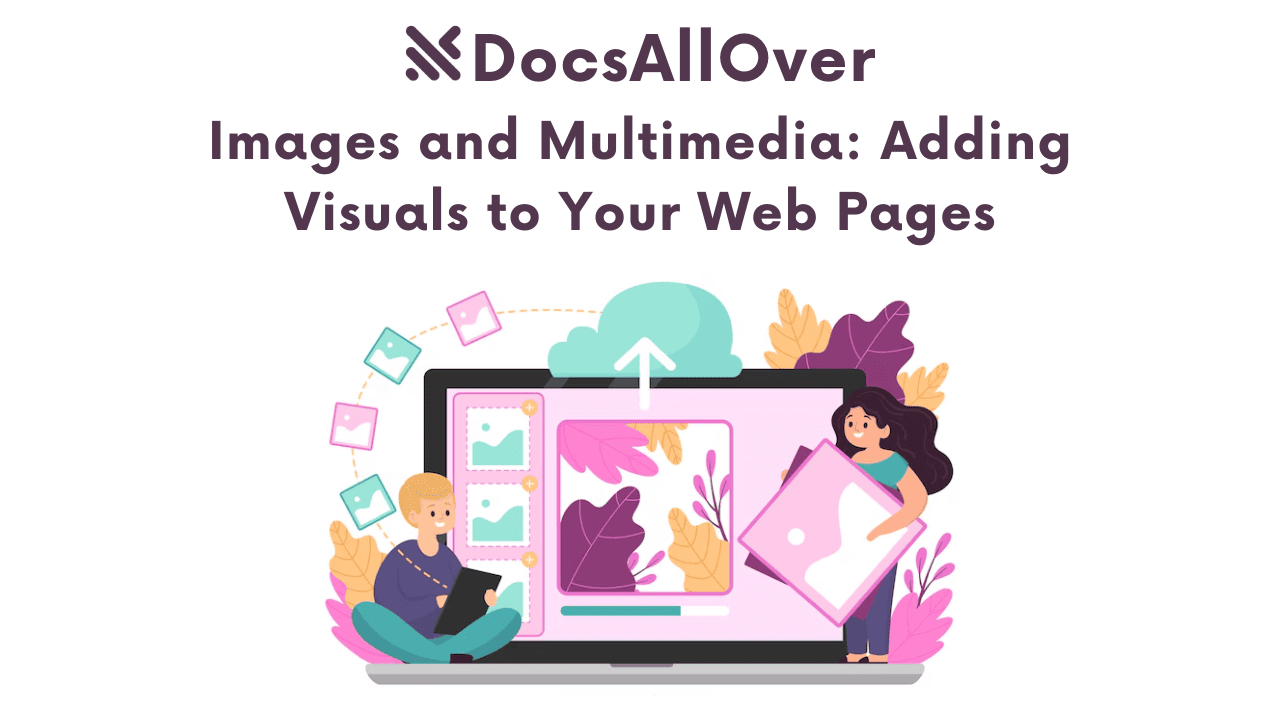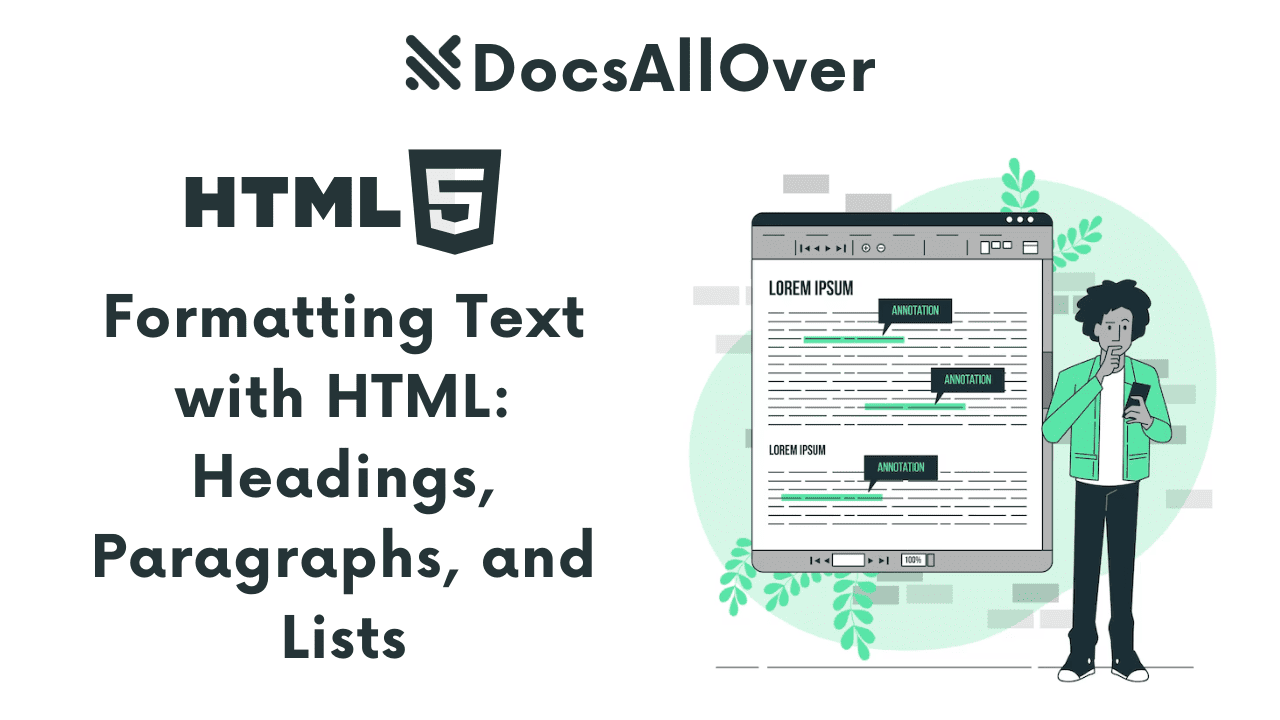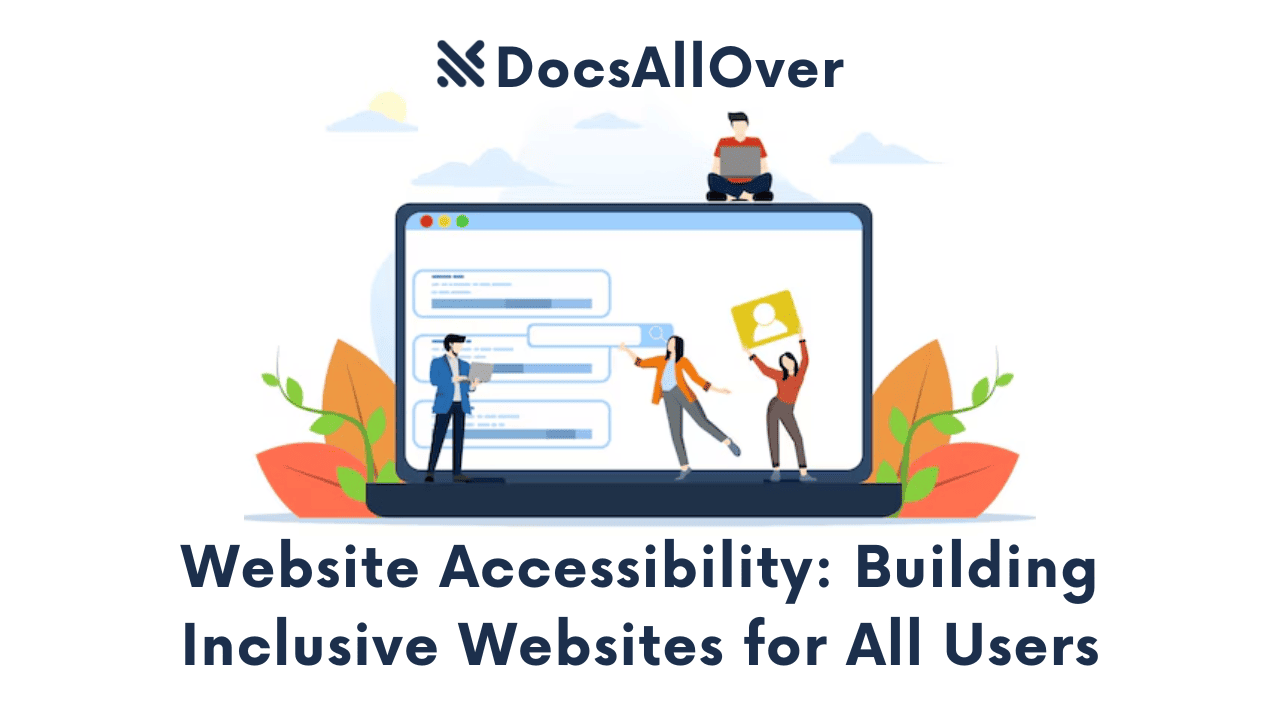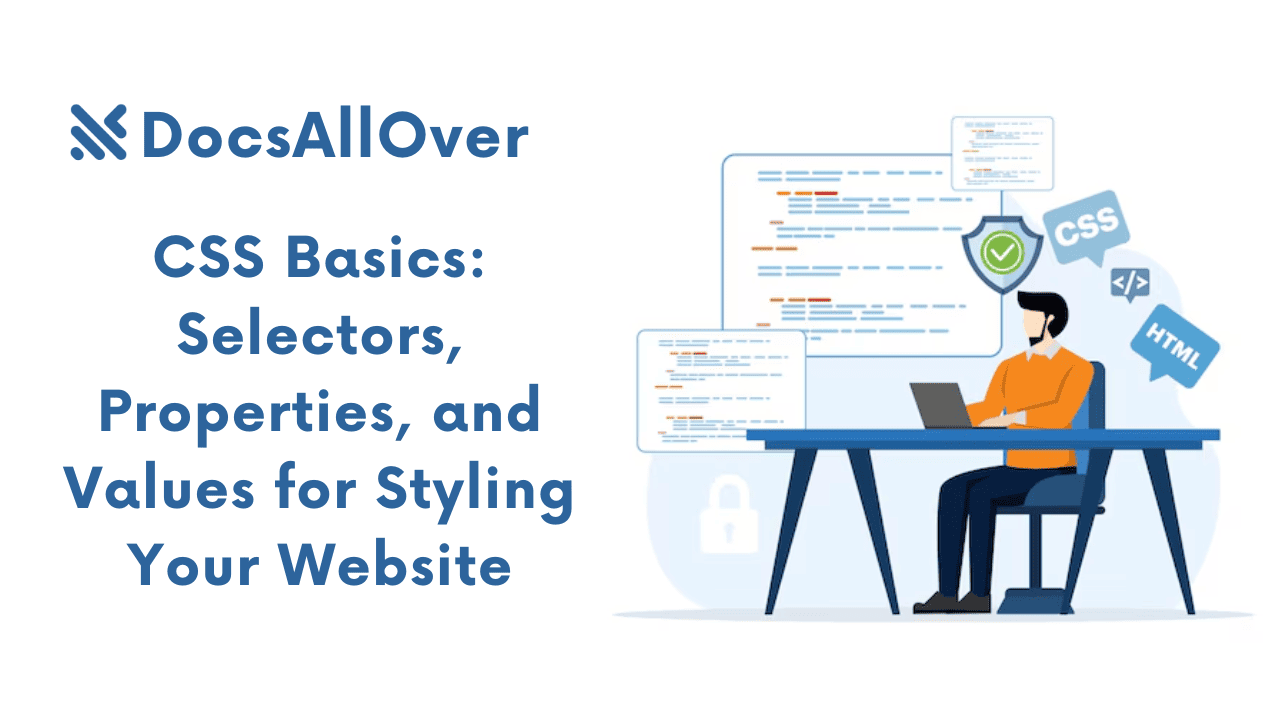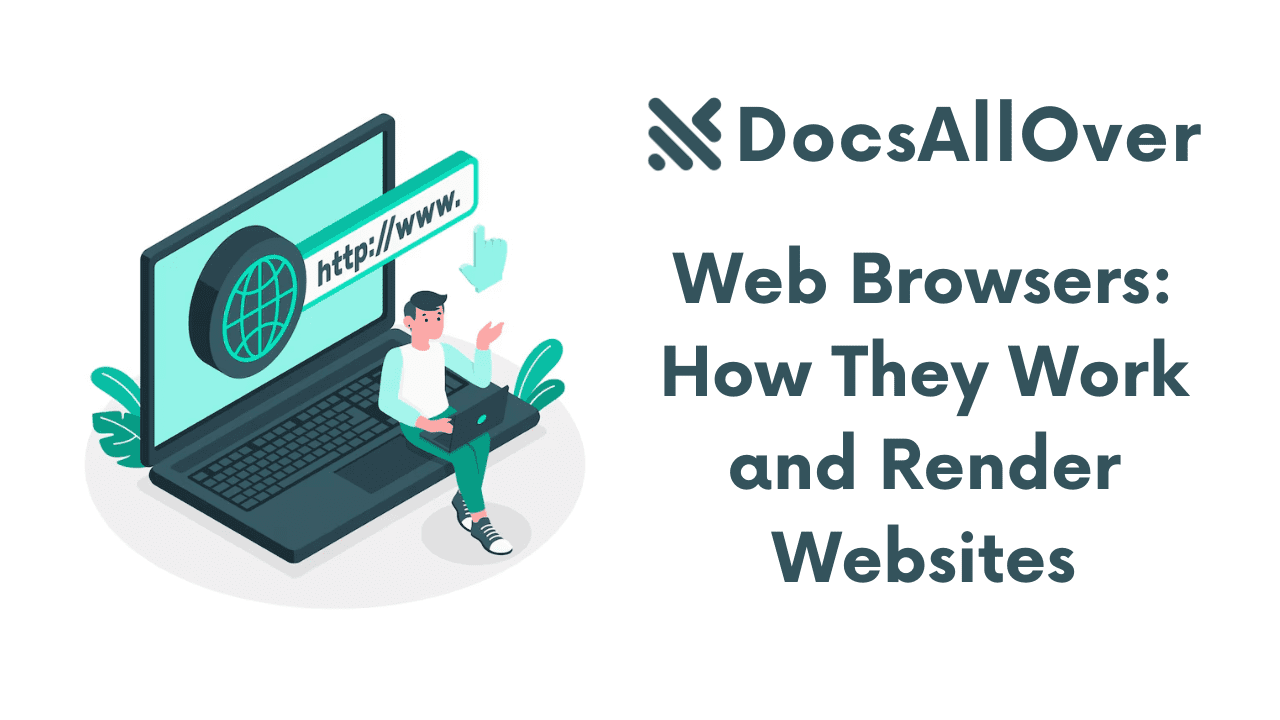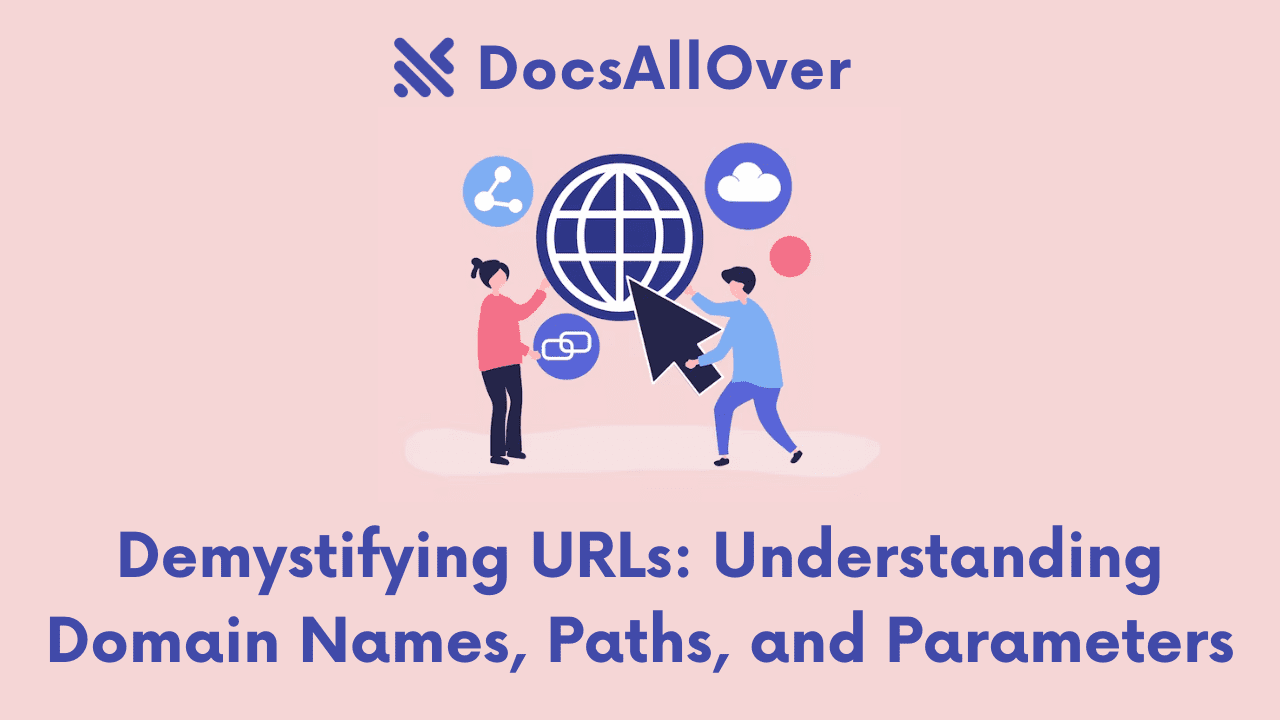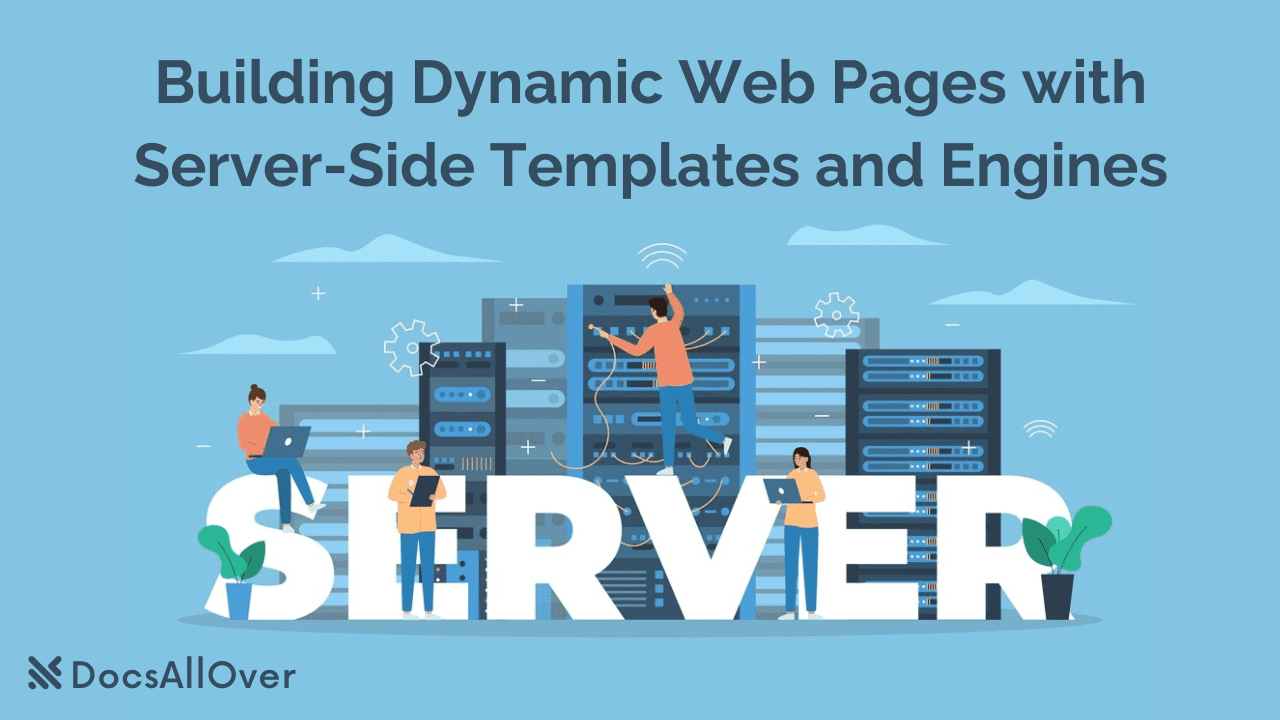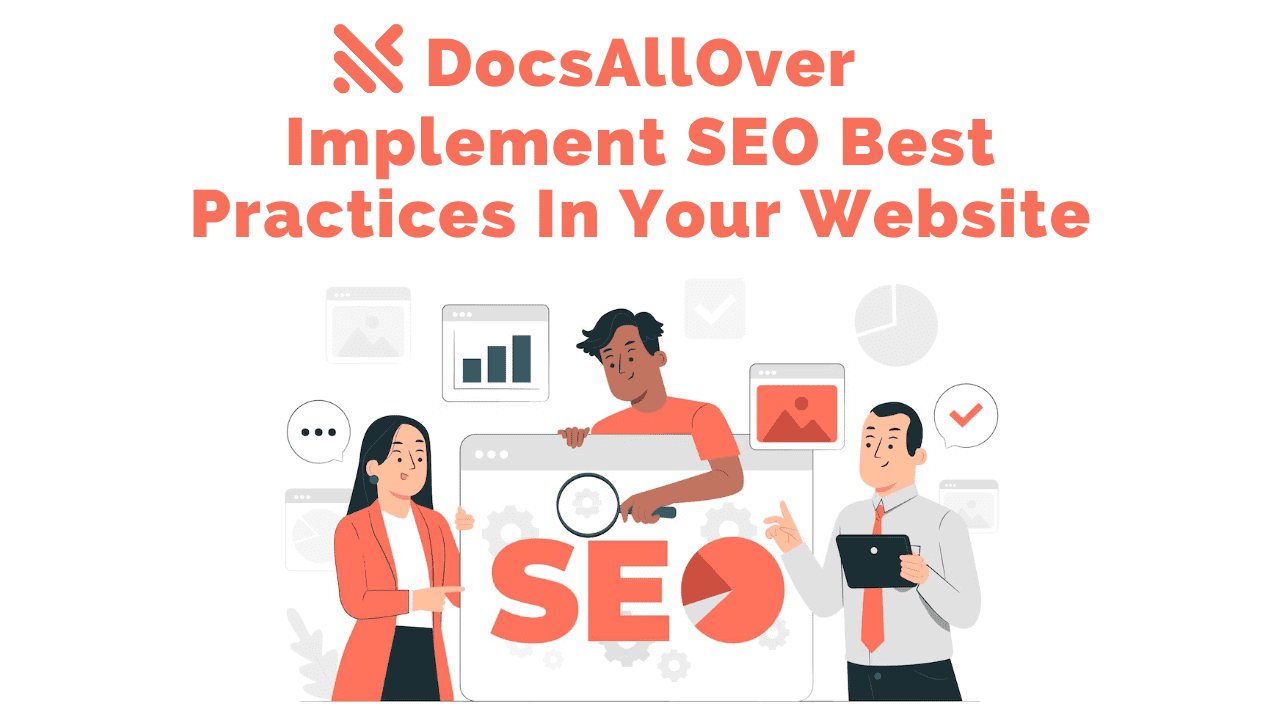Creating Hyperlinks: Linking Pages and Navigating Your Website
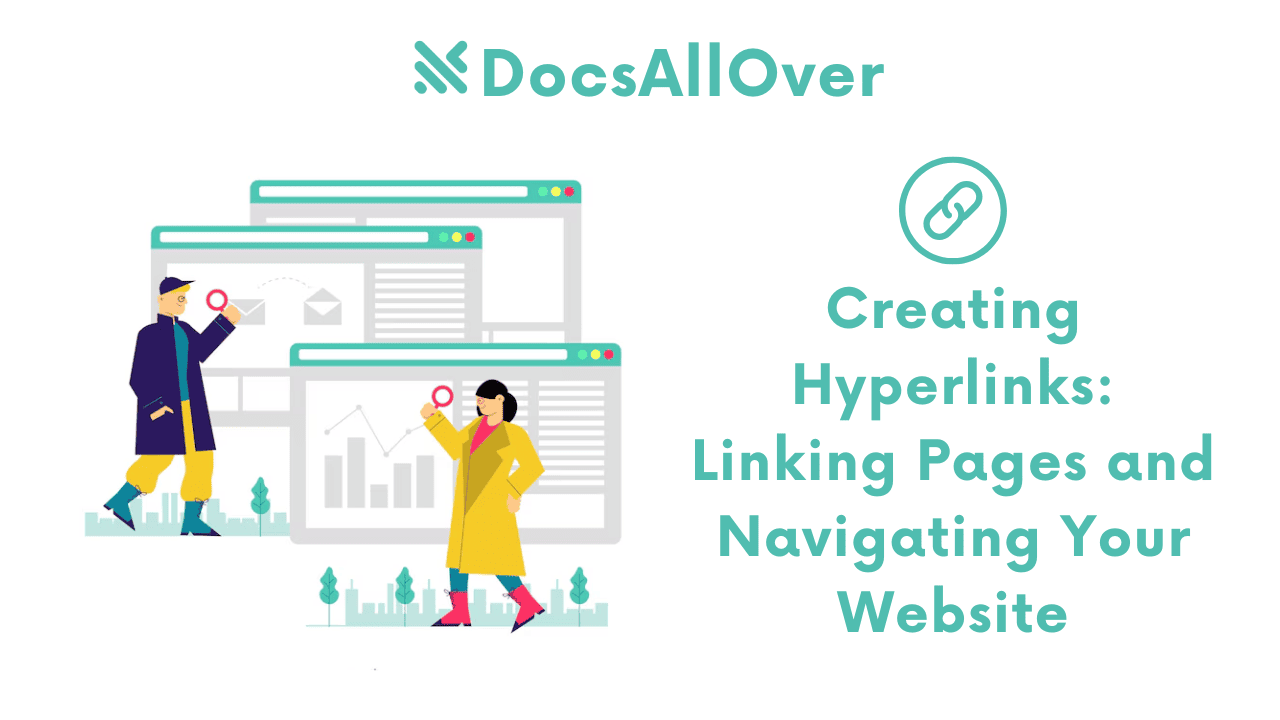
What are hyperlinks and why are they important?
Hyperlinks, often simply called "links," are clickable elements within a web page that connect to other web pages or specific sections within the same page.
They are the fundamental building blocks of the World Wide Web, enabling users to navigate seamlessly between different online resources
Hyperlinks are crucial for several reasons:
- Navigation: They allow users to easily move between pages on a website, improving the overall user experience.
- Information Access: They provide access to external resources, expanding the scope of information available to users.
- Search Engine Optimization (SEO): Hyperlinks play a vital role in how search engines crawl and index websites. They help search engines understand the structure and relationships between pages.
- User Engagement: Well-placed and informative links encourage users to explore the website further and spend more time on the page.
The role of hyperlinks in website navigation and user experience.
Hyperlinks act as the pathways that guide users through a website. A well-structured and intuitive linking system is essential for:
- Improving website usability: Making it easy for users to find the information they are looking for.
- Enhancing user experience: Providing a smooth and enjoyable browsing experience.
- Reducing bounce rates: Keeping users engaged on the website by encouraging them to explore further.
Different types of hyperlinks
- Internal Links: Links that connect to other pages within the same website.
- External Links: Links that connect to pages on other websites.
- Anchor Links: Links that connect to specific sections within the same page.
Creating Internal Links
Basic HTML Syntax
The basic HTML syntax for creating a hyperlink is:
hrefattribute: Specifies the URL of the destination page. For internal links, this will be the relative or absolute URL of the target page within your website.Link Text: The visible text that users will click on. It should be clear, concise, and relevant to the destination page.
Example:
This link will take the user to the "about.html" page within the same website.
Linking to Other Pages Within Your Website
- Relative URLs: Use relative URLs to link to pages within the same directory or subdirectories. For example:
href="about.html"(links to a page in the same directory)href="about/index.html"(links to a page in the "about" subdirectory)href="../contact.html"(links to a page in the parent directory)
- Absolute URLs: Use absolute URLs to link to pages in different parts of your website. For example:
href="https://www.example.com/about-us"
Best Practices for Internal Link Anchor Text
- Use descriptive and relevant anchor text: Instead of using generic phrases like "click here," use descriptive text that accurately reflects the destination page. For example, instead of "Click here for more information," use "Learn more about our products."
- Vary your anchor text: Avoid using the same anchor text repeatedly for links to the same page.
- Use keywords in your anchor text: Incorporate relevant keywords into your anchor text to improve search engine visibility.
Creating a Clear and Logical Internal Linking Structure
- Create a clear sitemap: Plan the internal linking structure of your website carefully to ensure easy navigation for users.
- Link from relevant pages: Link to related pages within your website to help users explore and discover relevant content.
- Avoid excessive internal links: Too many links on a single page can distract users and make the page appear cluttered.
Creating External Links
Linking to External Websites
To link to a page on another website, use the href attribute with the full URL of the external page:
Using the rel and target attributes
rel attribute:
Specifies the relationship between the current page and the linked page. Common values include:
nofollow: Tells search engines not to follow the link and pass link juice.noopener: Opens the link in a new window without passing any information about the current window to the new window.noreferrer: Similar tonoopener, but also prevents the referrer information from being sent to the linked page.
target attribute:
Controls how the link opens. Common values include:
_blank: Opens the link in a new browser tab or window._self: Opens the link in the same browser window (default)._parent: Opens the link in the parent frame or window._top: Opens the link in the full browser window, removing any existing frames.
Example:
This link will open the external website in a new tab or window without passing any information about the current page to the linked page.
Best Practices for Linking to External Websites
- Use the
nofollowattribute sparingly: Only usenofollowfor links to websites you don't trust or endorse. Overusingnofollowcan negatively impact your website's search engine visibility. - Link to authoritative sources: Link to reputable and trustworthy websites to enhance the credibility of your own website.
- Contextualize your external links: Make sure the external links are relevant to the context of your page.
Importance of Linking to Authoritative Sources
- Building credibility: Linking to authoritative sources establishes your website as a credible and informative resource.
- Improving user experience: Providing users with access to additional information and perspectives from reputable sources enhances their overall experience.
- Indirect SEO benefits: While
nofollowlinks don't directly pass link juice, linking to authoritative websites can indirectly benefit your SEO by associating your website with high-quality content.
Anchor Links: Linking to Specific Sections Within a Page
Creating Anchor Links using the # symbol
Anchor links allow you to link directly to a specific section or element within the same page. To create an anchor link:
- Create an anchor point: Add an
idattribute to the HTML element you want to link to. For example:<h2 id="contact-us">Contact Us</h2> - Create the link: Use the
#symbol followed by theidof the target element in thehrefattribute of the link. For example:<a href="#contact-us">Go to Contact Us</a>
Using Anchor Links for Smooth In-Page Navigation
- Long-form content: Anchor links are particularly useful for long-form content like articles, blog posts, and documentation pages. They allow users to quickly navigate to specific sections without having to scroll through the entire page.
- Table of Contents: Create a table of contents with anchor links to different sections of the page for easy navigation.
- FAQs: Use anchor links to allow users to quickly jump to the specific FAQ they are interested in.
Improving User Experience with Anchor Links
- Make anchor links clear and visible: Use descriptive anchor text that indicates the destination section.
- Use smooth scrolling: Implement smooth scrolling animations to make the nav: Anchor links are particularly useful for long-form content like articles, blog posts, and documentation pagesigation experience more seamless.
- Consider using a "Back to Top" link: Add an anchor link at the bottom of the page that links back to the top.
Anchor links provide a valuable way to improve the user experience by making it easier for users to navigate long pages and find the information they are looking for quickly.
Hyperlinks and SEO
How Internal and External Links Influence Search Engine Rankings
Internal Links:
- Link Juice Distribution: Internal links help distribute "link juice" (ranking power) throughout your website. When a page receives a link from a high-authority page, that link juice is passed to the linked page.
- Crawlability and Indexability: Internal links help search engine crawlers discover and index all the pages on your website.
- User Experience: A well-structured internal linking architecture improves user experience, which can indirectly impact search engine rankings.
External Links:
- Backlinks: External links pointing to your website from other websites are called backlinks. Backlinks are a crucial ranking factor for search engines.
- Authority and Trust: Links from high-authority and reputable websites can significantly boost your website's search engine rankings.
- Relevance: Backlinks from websites that are relevant to your niche are more valuable than links from irrelevant websites.
Link Juice and How it Flows Through Your Website
- Link Juice: Think of link juice as a metaphorical representation of the ranking power passed between pages through hyperlinks.
- How it works: When a page receives a link from another page, it gains some of the link juice from the linking page. This link juice is then distributed to other pages within the website through internal links.
- Importance of link juice: Pages with more link juice tend to rank higher in search engine results pages (SERPs).
Building a Strong Link Profile for Your Website
- Create high-quality content: Create valuable and informative content that other websites will naturally want to link to.
- Outreach and link building: Actively reach out to other websites and bloggers in your niche to request links.
- Guest blogging: Write guest posts for other websites in your niche to earn backlinks.
- Build relationships with other website owners: Network with other website owners and build mutually beneficial linking relationships.
- Monitor your backlink profile: Use tools like Google Search Console to track your backlinks and identify any potential issues.
Best Practices for Hyperlinks
- Using Descriptive and Relevant Anchor Text
- Clear and Concise: Use clear and concise anchor text that accurately reflects the destination page. For example, instead of "Click here," use "Read our privacy policy."
- Keyword-Rich (but Natural): Incorporate relevant keywords into your anchor text, but avoid keyword stuffing. Aim for natural and readable text.
- Specificity: Use specific and descriptive anchor text whenever possible. For example, instead of "Learn more," use "Learn more about our services."
- Avoiding Excessive Use of Links
- Link judiciously: Too many links on a single page can distract users and make the page appear cluttered.
- Prioritize important links: Focus on linking to the most important pages and resources.
- Checking Links Regularly for Broken Links
- Broken links: Links that lead to non-existent or inaccessible pages.
- Impact of broken links: Broken links frustrate users and can negatively impact your website's search engine rankings.
- Regularly check for broken links: Use automated tools or browser extensions to regularly check for broken links on your website.
- Fix broken links promptly: Fix any broken links as soon as you discover them.
- Ensuring Accessibility for Users with Disabilities
- Screen readers: Ensure that links are properly structured and labeled so that screen readers can effectively communicate the link destination to users with visual impairments.
- Keyboard navigation: Make sure users can navigate and activate links using only the keyboard.
- Additional Considerations
- Contextual relevance: Ensure that links are relevant to the surrounding content and provide value to the user.
- Link placement: Consider the placement of links within the page. Links in prominent positions are more likely to be clicked.
By following these best practices, you can create a more user-friendly and effective linking structure for your website, improving both the user experience and your website's search engine visibility.
Tools and Resources
Tools for Checking Broken Links
- Google Search Console: This free tool from Google can help you identify broken links on your website.
- Broken Link Checker: A popular online tool that can crawl your website and identify broken links.
- Screaming Frog SEO Spider: A powerful SEO auditing tool that can crawl your website and identify broken links, among other issues.
- Xenu's Link Sleuth: Another popular tool for checking broken links and performing other website audits.
Resources for Learning More About Link Building and SEO
- Google Search Console Help: Provides extensive documentation and resources on SEO best practices.
- Google's Search Engine Optimization Starter Guide: A comprehensive guide to SEO for beginners.
- Moz: A leading SEO software and resources company that offers valuable insights and training on SEO best practices.
- Ahrefs: A powerful SEO toolset that provides in-depth data on backlinks, keywords, and competitor analysis.
- Backlinko: A blog and resource site dedicated to SEO and digital marketing.
These tools and resources can help you learn more about link building, SEO, and best practices for creating and managing hyperlinks on your website.
